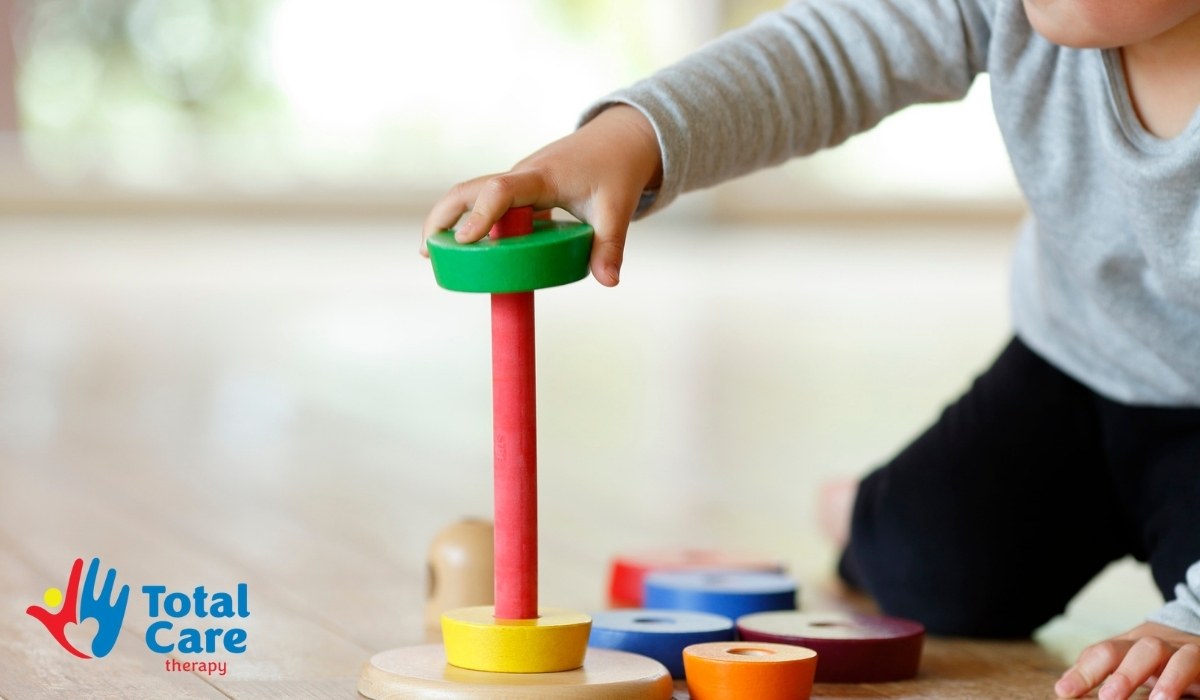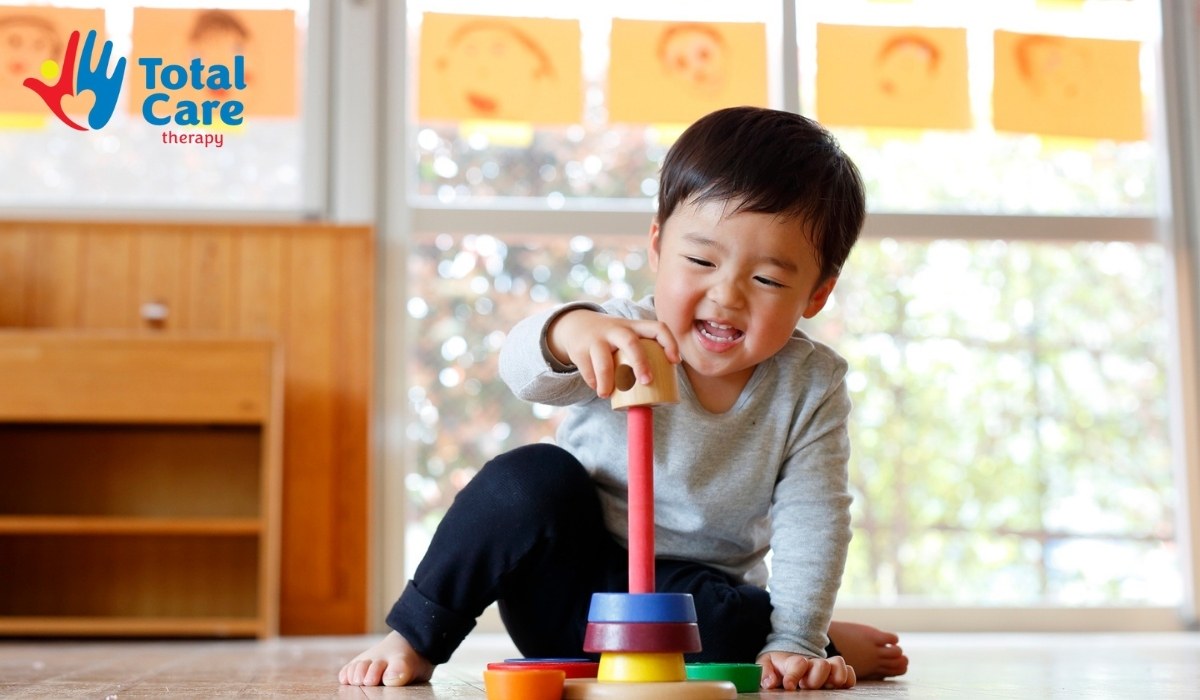Weighted Vest for Autism: How It Supports Sensory Needs
Learn how a weighted vest for autism provides calming pressure, supports sensory regulation, and helps children feel secure during daily activities.
Weighted Vest for Autism: How It Supports Sensory Needs
Key Points:
- Weighted vests provide deep-pressure input that helps children with autism self-regulate and stay calm.
- They can improve focus, reduce sensory overload, and promote body awareness.
- When paired with professional guidance like ABA therapy, they can enhance daily functioning and emotional regulation.
For many children on the autism spectrum, everyday sensations—like the sound of chatter in a classroom or the feeling of a tag on clothing—can be overwhelming. Sensory regulation challenges can make it hard to focus, participate in routines, or feel secure in stimulating environments. That’s where sensory tools like weighted vests come in.
A weighted vest for autism isn’t just another sensory accessory—it’s a carefully designed therapeutic tool. It provides gentle, evenly distributed pressure across the torso, helping children feel grounded and calm. Below, we’ll explore how it works, who benefits most, and how it can be used alongside therapies like Applied Behavior Analysis (ABA) to support meaningful progress in daily life.
What is a Weighted Vest and How Does It Work?
Weighted vests are specially designed garments filled with small, evenly distributed weights—usually ranging from 5% to 10% of a child’s body weight. The goal is to apply deep pressure stimulation—a type of sensory input known to calm the nervous system.
This deep pressure mimics the feeling of a firm hug or being gently held. It activates the proprioceptive system, which helps the body sense where it is in space and improves overall body awareness. For children with autism, whose sensory systems may either overreact or underreact to input, this type of consistent pressure can be extremely regulating.
The result? Many children report feeling calmer, more focused, and better able to participate in structured activities.
The Science Behind Deep Pressure and Sensory Regulation
To understand why weighted vests work, it helps to look at the neuroscience behind them. The proprioceptive input provided by weighted vests affects the autonomic nervous system, specifically balancing the “fight-or-flight” and “rest-and-digest” responses.
When a child experiences sensory overload, their body might enter a constant state of alertness—heart racing, breathing quickening, attention scattered. Deep pressure signals the body that it’s safe, activating the parasympathetic response. This helps lower anxiety, slow heart rate, and promote calmness.
Over time, using a weighted vest consistently (under professional guidance) can help children build better internal regulation, meaning they may begin to manage stressors independently.

Benefits of Weighted Vests for Children with Autism
Before exploring how to use them effectively, it’s important to understand what parents often observe once their child starts using a weighted vest.
Weighted vests aren’t a “one-size-fits-all” solution—but when introduced correctly, they can offer meaningful benefits:
1. Improved Focus and Attention
Many teachers and therapists notice that children wearing weighted vests are able to sit still and attend to lessons or therapy sessions for longer periods. The vest’s pressure provides the sensory input their body craves, reducing the need for constant movement or fidgeting.
2. Reduced Anxiety and Meltdowns
The deep-pressure sensation acts as a natural calming mechanism. During transitions, crowded spaces, or noisy environments, the vest helps keep children from feeling overwhelmed, reducing emotional outbursts and self-stimulatory behaviors.
3. Better Body Awareness (Proprioception)
Some children with autism struggle to understand where their body is in space. Weighted vests enhance proprioceptive feedback, improving coordination, posture, and spatial awareness.
4. Enhanced Participation in Daily Activities
When sensory systems are calm, children are more likely to engage meaningfully in activities—whether it’s family meals, classroom tasks, or playtime. Parents often report that their children seem more connected and ready to participate.
When and How to Use a Weighted Vest
While weighted vests can be beneficial, they must be used correctly to be effective and safe. Overuse or improper weighting can lead to discomfort or decreased sensitivity to sensory input.
Here’s a structured guide to proper use:
1. Duration Matters
Weighted vests are typically used for short periods—15 to 40 minutes at a time, a few times throughout the day. The goal is to provide targeted sensory input, not constant stimulation.
2. Proper Weighting
The general rule is to use a vest that weighs about 5% to 10% of the child’s body weight. For example, a 50-pound child might use a vest weighing 2.5 to 5 pounds. Always consult an occupational therapist for individualized recommendations.
3. Timing and Setting
Weighted vests work best during times that typically cause stress or require focus—like homework, classroom work, or transitions between activities. They’re also useful during community outings or therapy sessions.
4. Monitoring and Adjustment
Observe your child closely. If they show signs of fatigue, irritability, or disinterest, reduce usage. Every child’s sensory profile is unique, and adjustments may be necessary over time.

Who Can Benefit Most from a Weighted Vest?
While weighted vests are popular among children on the autism spectrum, they’re not limited to that group. Other individuals who may benefit include those with:
- Sensory Processing Disorder (SPD): who seek constant movement or pressure.
- ADHD: who have trouble maintaining attention or staying seated.
- Anxiety Disorders: where physical grounding can reduce restlessness or panic.
However, for children with autism specifically, the benefits are often broader because sensory regulation affects nearly every part of daily functioning—from communication to emotional control.
ABA therapists often incorporate sensory tools like weighted vests within broader behavioral intervention plans to reinforce calm, attention, and readiness to learn.
Common Misconceptions About Weighted Vests
Like any sensory tool, there are myths and misunderstandings about how weighted vests work. Let’s clear some of the most common ones:
1. “Weighted vests cure autism.”
They don’t. Autism is a neurodevelopmental condition, and while weighted vests can ease sensory difficulties, they don’t alter the underlying traits of autism.
2. “All children with autism should use them.”
Not necessarily. Some children find the sensation uncomfortable or distracting. Sensory preferences vary widely, and individualized assessment is key.
3. “Heavier is better.”
In reality, too much weight can overstimulate rather than calm the sensory system. Proper guidance from an occupational therapist ensures safety and effectiveness.

How to Introduce a Weighted Vest to Your Child
Introducing any new sensory tool takes time and patience. Here’s a step-by-step approach to help your child adjust comfortably:
- Start Slowly: Allow your child to explore and touch the vest before wearing it. Begin with short durations—just 5 to 10 minutes—and gradually increase as comfort grows.
- Use During Preferred Activities: Pair the vest with something your child enjoys, like reading or building with blocks. This positive association helps them link the vest with calm and comfort.
- Observe and Take Notes: Keep a simple record of when your child wears the vest and how it affects mood, focus, and transitions. Share this with your child’s occupational therapist or ABA team.
- Incorporate Into Routines: Consistency helps. Wearing the vest at predictable times (like before schoolwork or therapy) builds trust and structure, reinforcing sensory regulation habits.
Combining Weighted Vests with ABA Therapy
A weighted vest is most effective when used as part of a comprehensive intervention plan. That’s where Applied Behavior Analysis (ABA) therapy comes in.
ABA therapy focuses on teaching new skills and reducing behaviors that interfere with learning or safety. For children with sensory challenges, a weighted vest can complement ABA by helping regulate the child’s body and emotions, making them more receptive to learning.
For example:
- During table tasks, the vest can improve focus and reduce escape behaviors.
- During transitions, it can decrease anxiety and meltdowns, helping the child follow routines smoothly.
- When learning new communication skills, a calmer sensory state allows better attention to cues and prompts.
At Total Care ABA, therapists often collaborate with occupational therapists to ensure that sensory strategies—like weighted vests—are aligned with behavior goals. This integrated approach helps children not just cope but thrive in structured environments.

Safety Considerations and Professional Guidance
Even though weighted vests are non-invasive, professional input is essential. Before purchasing or using one, it’s best to consult an occupational therapist (OT) or BCBA (Board Certified Behavior Analyst) familiar with your child’s sensory and behavioral profile.
Key safety reminders include:
- Never use the vest during sleep or strenuous physical activity.
- Always monitor for signs of overheating or discomfort.
- Avoid using it as a punishment or mandatory requirement—it should always be a supportive tool.
Supporting Sensory Needs with the Right Tools
Weighted vests for autism serve as an effective and practical sensory support tool. By offering gentle, consistent pressure, they help calm the nervous system, enhance concentration, and promote emotional balance. When paired with structured behavioral programs such as ABA therapy, they become part of a comprehensive approach that supports both sensory regulation and behavioral growth.
At Total Care ABA, we recognize that every child’s sensory experience is unique. Our team is dedicated to helping families find the right blend of strategies that make children feel secure, supported, and ready to thrive. If you’d like to learn how ABA therapy can work alongside sensory tools like weighted vests to foster meaningful progress, contact us today.
We proudly provide compassionate, individualized ABA therapy in Arizona, New Mexico, Tennessee, Indiana, Georgia, North Carolina, Maine, and Utah, helping children build essential life skills and confidence every step of the way.








